Filippo Brunelleschi: Anything But A One Hit Wonder
An incredibly successful architect most well known for designing the dome atop the Cathedral of Santa Maria del Fiore, Brunelleschi is also credited for his exceptional innovation and inventiveness that resulted in the completion of several other notable structures throughout Italy.
Who is Filippo Brunelleschi? If you said he built the dome on the Cathedral of Santa Maria del Fiore in Florence, you’ve got one part of him! But Brunelleschi actually had a far greater impact on architecture: he built several other notable structures throughout Italy that are still recognizable and unique to this day. Not only do dozens of his structures still stand today for the world to admire and appreciate, he has influenced generations of architects, designers, and engineers- and continues to do so. Many architects, even today, can’t replicate the design of the magnificent Duomo.
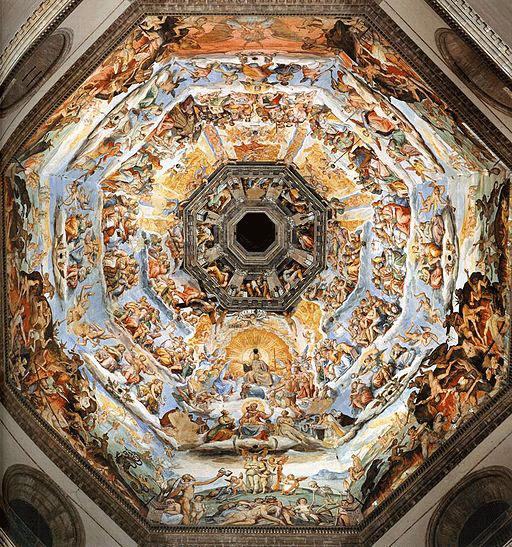
Unfortunately, despite the brilliance behind the design and construction of the dome, many people still held doubts that it would be able to last as long as had been previously predicted. The actions taken by these people who did not understand or believe the legitimacy of the dome’s design are now the reasons for its recent demise as the dome begins to fall apart before our eyes.
The Downfall of the Dome
Not only was Brunelleschi’s dome beautiful, it was amazingly well constructed. It was so structured, in fact, that it was intended to last 1,000 years. That’s 1,000 years of weather that a single structure would be expected to endure.
Whatever people living in the fifteenth century may have thought would change in the world a millennium into the future, they expected the Duomo’s dome to withstand it all.
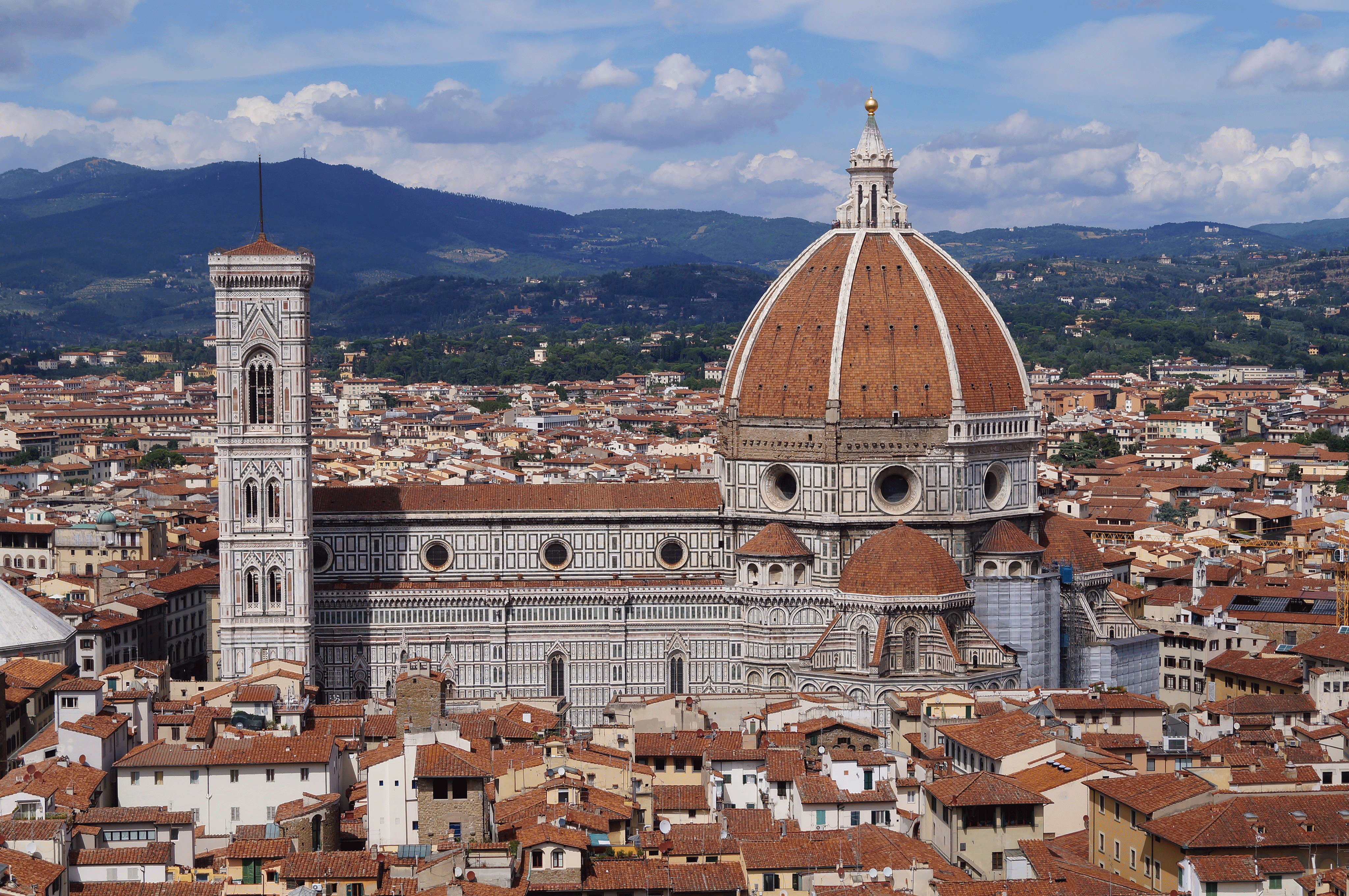
Unfortunately, and to the disbelief of many, the dome is starting to crumble. Why is it falling apart four hundred years before it’s estimated time of demise? Because of … HUMANS! It is modern technology used by engineers who tried to “fix” the dome that has been its undoing.
In 1979, a “fix” began in which the 48 staging holes Brunelleschi had purposely left in the dome were filled with cement. The 60-meter wide holes had been constructed to support seasonal contracting and expansion of the masonry. Strategically placed inside the dome and concealed by the outer shell to ensure the holes weren’t visible, the system was genius, and assured that the dome was stable and secure during all the seasons.
Regardless of this ingenious planning, modern-day architects decided to fill the holes with cement in an effort to support the trusses needed for the restoration of the sixteenth-century fresco, or mural, that decorated the inside of the dome. Ironically, after the “fix”, the space meant for seasonal expansion and contraction was blocked, and the dome began to crack- meaning that not only the dome, but the fresco as well, began to fall apart.
And if this wasn’t bad enough, a public campaign started in1985 to remove the cement caused even more problems.
Filippo’s Biggest Hits
Besides the Duomo, Brunelleschi has designed several other reputable religious buildings throughout Italy. And because Brunelleschi liked to multitask, many of these buildings were completed at around the same time.
Regardless, they all look very different from one another. For example, around the time Brunelleschi’s work started to gain popularity, in the early 1420s, a very wealthy Florentine family, the de’ Medici’s (who you’ve learned about if you’ve read Da Vinci’s Way!) commissioned Brunelleschi to design both the sacristy and the basilica of the San Lorenzo, the personal chapel of Lorenzo de’ Medici. The San Lorenzo features a somewhat traditional design, however all of the capitals, friezes, pilasters (rectangular columns set into the wall) and the ornate Corinthian columns show it to be innovative for its time. It was one of the crowning architectural designs of the early Renaissance.
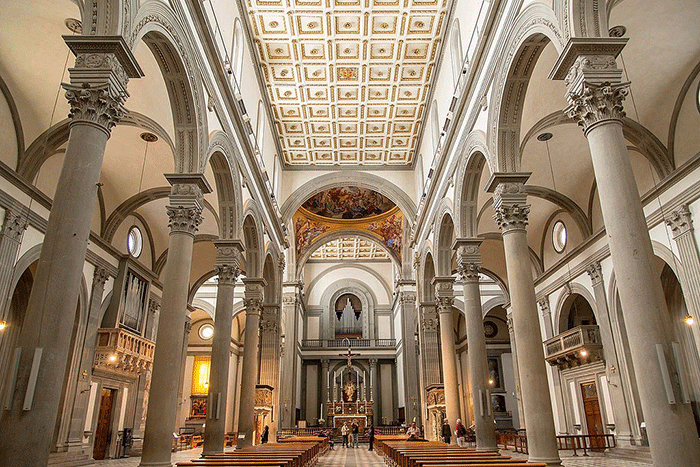
In 1429, Brunelleschi began work on the Pazzi Chapel (the Pazzi family were bankers and rivals of the de Medicis), a structure which clearly highlights Brunelleschi’s fascination with the newly rediscovered idea of “perfect geometry” that was a characteristic of classical Greek and Roman architecture.
Somewhere between 1428 and 1434, he began work on the Church of the Santo Spirito, which would turn out to be one of the most monumental structures in Florence. In 1434, he began work on the Santa Maria degli Angeli, a Camoldolese (meaning: of the Italian town of Camaldoli monastery). It was left incomplete until the 1930s. This structure is considered to be Brunelleschi’s most “revolutionary” design, because of its centralized spaces, and mostly symmetrical features.
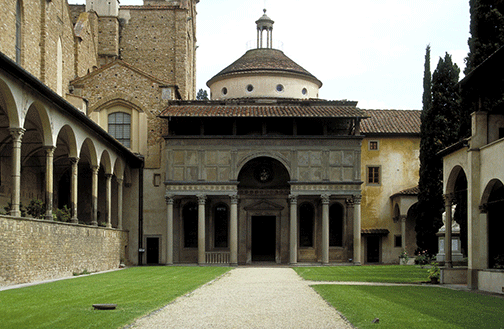
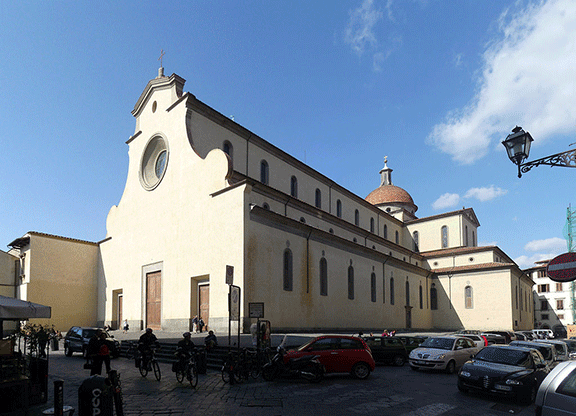
Brunelleschi’s genius goes beyond architecture, architectural design and engineering. To add to his list of accomplishments, he also designed hoist-like structures meant to help stage religious theatrical performances in Florentine churches, including structures that would help angels fly.
He built and rebuilt several military forts in Pisa, Rencine, Vicopisano, Staggia, Castellina, Rimini, and Pesaro, and in 1430 he was involved in the plan to convert the city of Lucca into an island by building a dam to divert the Sergio River to withstand a siege by the army of Florence. (Note: it didn’t work as he envisioned and was deemed a failure).
He is credited with being granted one of the first modern patents for a riverboat, the Badalone, apparently designed to carry marble slabs down the Arno River. (Note: it sank on its maiden voyage down the Arno. If you have to fail, fail big and often, might have been his motto).
Brunelleschi is also reputed to have built several other structures reflecting the iconic Florence skyline today: the Pitti Palace (and if you’ve read Saving Time, you will be familiar with the Pitti), a rejected plan for the Palazzo Medici-Riccardi, and the Palazzo Bardi-Busini.
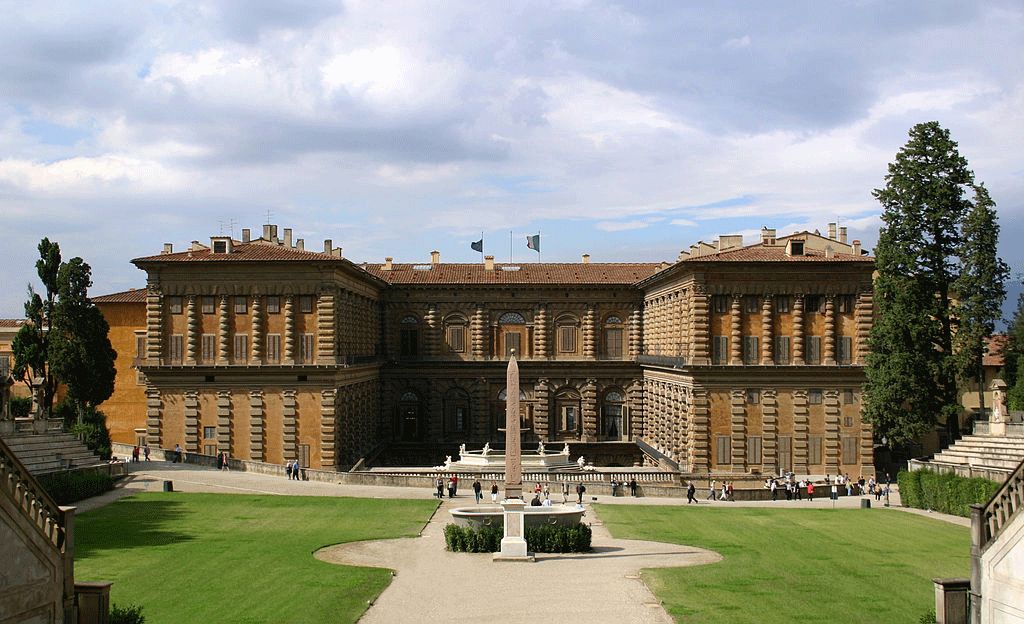
Brunelleschi: A Man Way Ahead of His Time
But what drove him: was it his smarts? His creativity? His drive? While the answer would be, of course, all of the above, there is one additional aspect that led him to success: his exceptional innovation. When faced with the challenge of building the dome, for example, the key challenge contestants faced was how to center a dome of such grand size. Brunelleschi’s solution was truly unique- design a dome without centering. Rather than placing bricks in the traditional horizontal layers, Brunelleschi resolved to place the bricks of the dome in a herringbone pattern. This decision further highlights his innovation because in order to complete this task, very unconventional tools and machinery were needed. For Brunelleschi’s dome to be built, Brunelleschi conceived the idea of an ox-hoist, a tool that made it possible to lift the extremely heavy materials needed to construct the dome. The ox-hoist led to the invention of the castello, which made it possible to move large objects laterally. It was Brunelleschi’s creative and mechanical innovation, especially in the face of a challenge, that separated him so distinctly from other architects during this time.
Brunelleschi’s jaw-dropping architectural designs are obviously part of his enduring legacy, but he also helped shape modern ideas about innovation and entrepreneurship. As the inscription on his grave in the Duomo reads, "Both the magnificent dome of this famous church and many other devices invented by Filippo the Architect bear witness to his superb skill. Therefore, in tribute to his exceptional talents, a grateful country that will always remember buries him here in the soil below."
Want to Learn More?
Bauer, Stefen. “File:Palazzo Pitti Garten Fassade Florenz.jpg.” Wikimedia Commons, 13 Sept. 2004.
Brandt, Jaclyn. “Duomo in Florence, Italy .” Travel Spark , 28 Jan. 2019, www.yourtravelspark.com/il-duomo-florence-italy-tickets/.
“Brunelleschi's Quest for Success.” Entrepreneurship, 17 Oct. 2013, muse.union.edu/entrepreneurship/archives/392.
Burian, Peter k. “Basilica Di San Lorenzo, Looking toward the Altar.” Wikimedia Commons , 19 May 2017, commons.wikimedia.org/wiki/File:Basilica_di_San_Lorenzo,_looking_toward_the_altar.jpg.
Dall'Orto, Giovanni. “File:3223 - Roma - Santa Maria Degli Angeli - Interno - Foto Giovanni Dall'Orto 17-June-2007.Jpg.” Wikimedia Commons, 2007.
Gryffindor. “File:Pazzi Chapel Florence Apr 2008.Jpg.” Wikimedia Commons, 25 June 2008.
Hyman, Isabelle. “Filippo Brunelleschi.” Encyclopædia Britannica, Encyclopædia Britannica, Inc., 18 May 2020, www.britannica.com/biography/Filippo-Brunelleschi.
Kohl, Alan T. “Pazzi Chapel, Santa Croce.” Flickr, www.flickr.com/photos/69184488@N06/11893481604.
Lucarelli. “File:Chiesa Santo Spirito, Firenze.jpg.” Wikimedia Commons, 21 Sept. 2008.
“Old Sacristy.” Web Gallery of Art, www.wga.hu/html_m/b/brunelle/sacristy.html.
“Pazzi Chapel .” Filippo-Brunelleschi, 2018, www.filippo-brunelleschi.com/pazzi-chapel/.
Pilecka, Ludmila. “File:Santa Maria Degli Angeli in Assisi.JPG.” Wikimedia Commons, July 2007.
PriorImage. “File:Basilica of San Lorenzo Florence.jpg.” Wikimedia Commons, 28 May 2009.
Raso, Carlo. “Santo Spirito Church in Florence (1444-1487) .” Flickr, 14 May 2016, www.flickr.com/photos/70125105@N06/27010582776.
Vasari, Giorgio. “File:Giorgio Vasari - The Last Judgment - WGA24313.Jpg.” Wikimedia Commons, 10 June 2011.